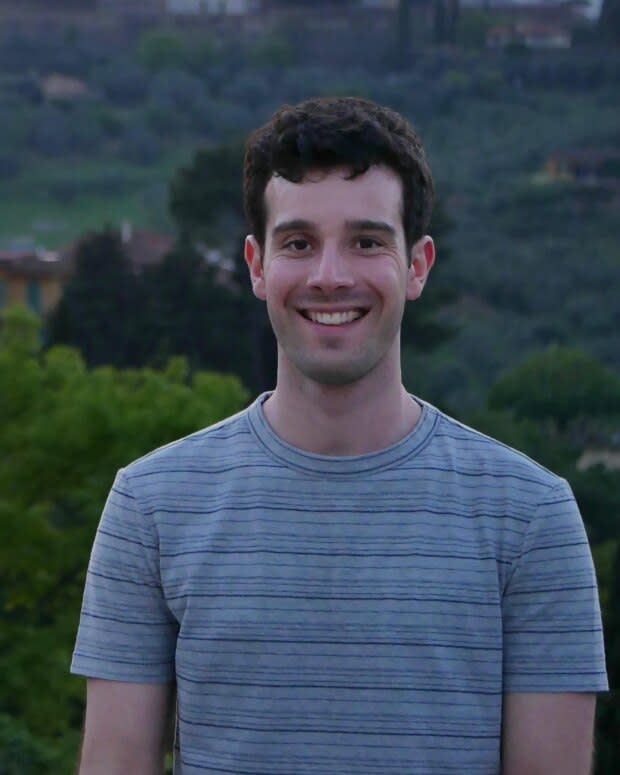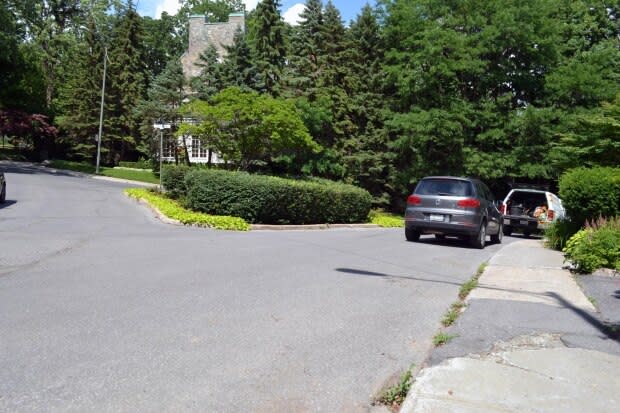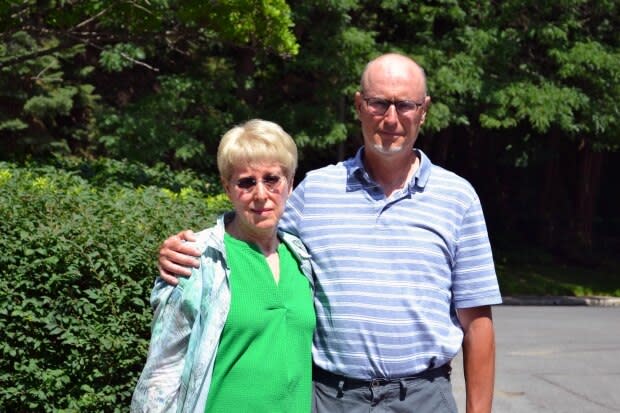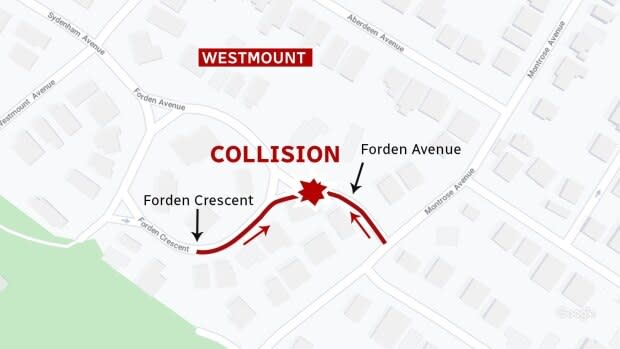After young scientist killed by car, Westmount rushes to make intersection safer for cyclists
As Quebec began easing public health restrictions this spring, Maximilian Keywan Eivaskhani was eager to get back to the lab at McGill University so he could continue his effort to synthesize a new natural compound he had dubbed "Maxibactin."
But the German-born biochemistry student, described by his PhD supervisor as having "limitless potential," never got to complete his work.
He died on June 24, his parents and girlfriend by his side, in the Montreal General Hospital, one day before he would have turned 29.
He had been hit by a car one week earlier in Westmount while cycling down Forden Crescent where it merges onto Forden Avenue.
A Montreal police investigation concluded the collision was due to a poorly designed intersection coupled with glaring sunlight that blinded the motorist, according to SPVM spokesperson Const. Caroline Chèvrefils.
Now the coroner is investigating, the surrounding community is reeling, a biochemistry department is mourning, and Westmount officials are scrambling to make the intersection where Max Eivaskhani was hit safer.
But no matter what is done, Reza Eivaskhani said, nothing will bring his son back.
"Max was a sensitive and empathic person," said Eivaskhani.
"He liked to look at the past for reflection and at the future for planning. He was clear in his decisions, and he truly lived in the today, doing things he enjoyed."
Max was an avid athlete who loved being outdoors. An only child, he was close to his parents, alway spending Christmas with his family in Europe or in North America.
Rising star in science

Max Eivaskhani had done a one-year internship at Harvard Medical School and had moved to Montreal in 2017 to study biosynthetic enzymes under McGill biochemistry Prof. Martin Schmeing, after being awarded Germany's prestigious Boehringer Ingelheim Fonds PhD fellowship.
"He made exceptional breakthroughs in his main project on methylation of natural products," wrote Schmeing in an obituary on the university's website.
"As a side project Max published a co-first author article in Science last November. He had recently performed exceptionally on his PhD proposal examination and was a rising star in the McGill scientific community."
Eivaskhani said his son was a listener who always gave people his full attention. He said he realized the impact Max had had on others when he attended a vigil for his son held in Westmount Park earlier this month.
"I had the chance to join the Zoom sessions with Martin and his team, who shared with us many memories and stories about our son's life in Montreal," he said.
"He was keen to bring fun to his laboratory, from what we heard from his teammates."
Neighbours call for safety measures
Now safety advocates in Westmount are calling for immediate changes to an intersection that is unusual — a tight, narrow curve without a stop.
Forden Crescent and Avenue are two-way streets lined by mansions, with lush vegetation in the triangular median, sloping down the mountain to Sherbrooke Street.

Curbside parking creates more of a blind spot for drivers and cyclists alike.
That contributed to the young man's death, investigators said, concluding the intersection should be evaluated and revised, said the SPVM's Chèvrefils.
Max had been going down the street on his bicycle as the car was coming up on June 17. They collided on the curve. The car's 23-year-old driver went into shock, and Max was transported to hospital with head injuries where he later died.
He was the first cyclist to die in a collision with a vehicle on the island of Montreal since a 67-year-old cyclist was killed in Villeray in September 2018, Chèvrefils confirmed.
Having grown up in Freiburg, a city that prohibits motorized vehicles, Max was an accomplished cyclist. However, the spot where he was killed has worried Westmount neighbours for some time.

"Since COVID, I've been taking walks up this hill, right to the top, for exercise," said Ellen Rubin, who chanced upon the scene of the collision not long after it happened. "I have noticed, particularly in the evenings when I walk, it's like a race course."
"It's unbelievable. Pedal to the metal."
Now there is a memorial set up to honour Max, and the couple has visited it from time to time, talking with neighbours.
"They're nervous that their kids are walking to school from here," Rubin said.
It is a popular shortcut to downtown for Notre-Dame-de-Grâce residents, said Malcolm McRae, Rubin's husband, but it's "very unsafe," with poor visibility and no traffic signs.
Safer streets the priority, says Westmount mayor
Since the collision, McRae and other members of the Association of Pedestrians and Cyclists of Westmount have been pushing for change.
Last week, the group presented a list of possible safety solutions, ranging from making Forden Crescent one-way to installing stop signs.

"This collision highlights the vulnerability of pedestrians and cyclists — particularly cyclists — because they're sharing the road so much with drivers," said association member Dan Lambert.
Westmount Mayor Christina Smith said the city is planning to make changes to the roads as soon as possible. It has hired an independent firm to examine the roads and submit safety recommendations. The report is expected any day, said Smith.
As well, the city's own experts are working with the SPVM to look for ways to prevent future accidents, said Smith.
"Safety is of the utmost importance for pedestrians and for cyclists," she said. "We will do everything we can to make this street and all streets as safe as possible."

